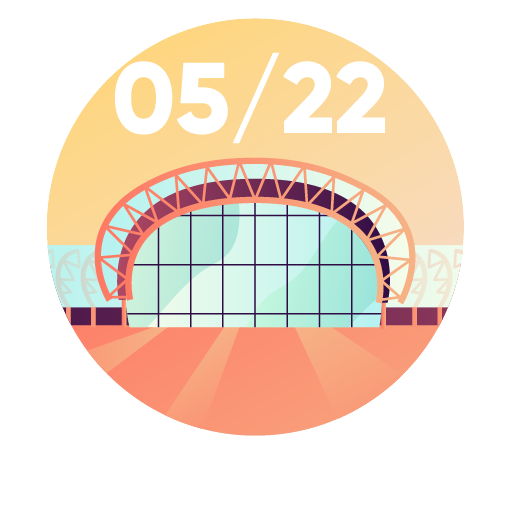Cool Roof France
'Team points' are awarded according to the adequacy of the solution with the type of innovations sought by Team for the Planet. They correspond to the analysis of several factors :
- impact potential: impact average score > 4 => 0,5 point / if > 4,15 => 1 point.
- global consistency: all average score of the 6 selection criteria > 2,5 => 1 point.
- the favourite: % of assessments judge the innovation as a top one to act on a global scale against greenhouse gases > 20% => 1 point
- the targeting: validation of Team for the Planet scope of action higher than 90% => 0,5 point + innovation level of maturity is enough => 0,5 point
- social acceptability: semantic analysis score of comments > 0 => 0,5 point/ if > 3500 => 1 point
A passive and low-tech solution for the protection of buildings and cities against high temperatures due to climate change.
Pre-industrial or industrial stage.
Lever of action




